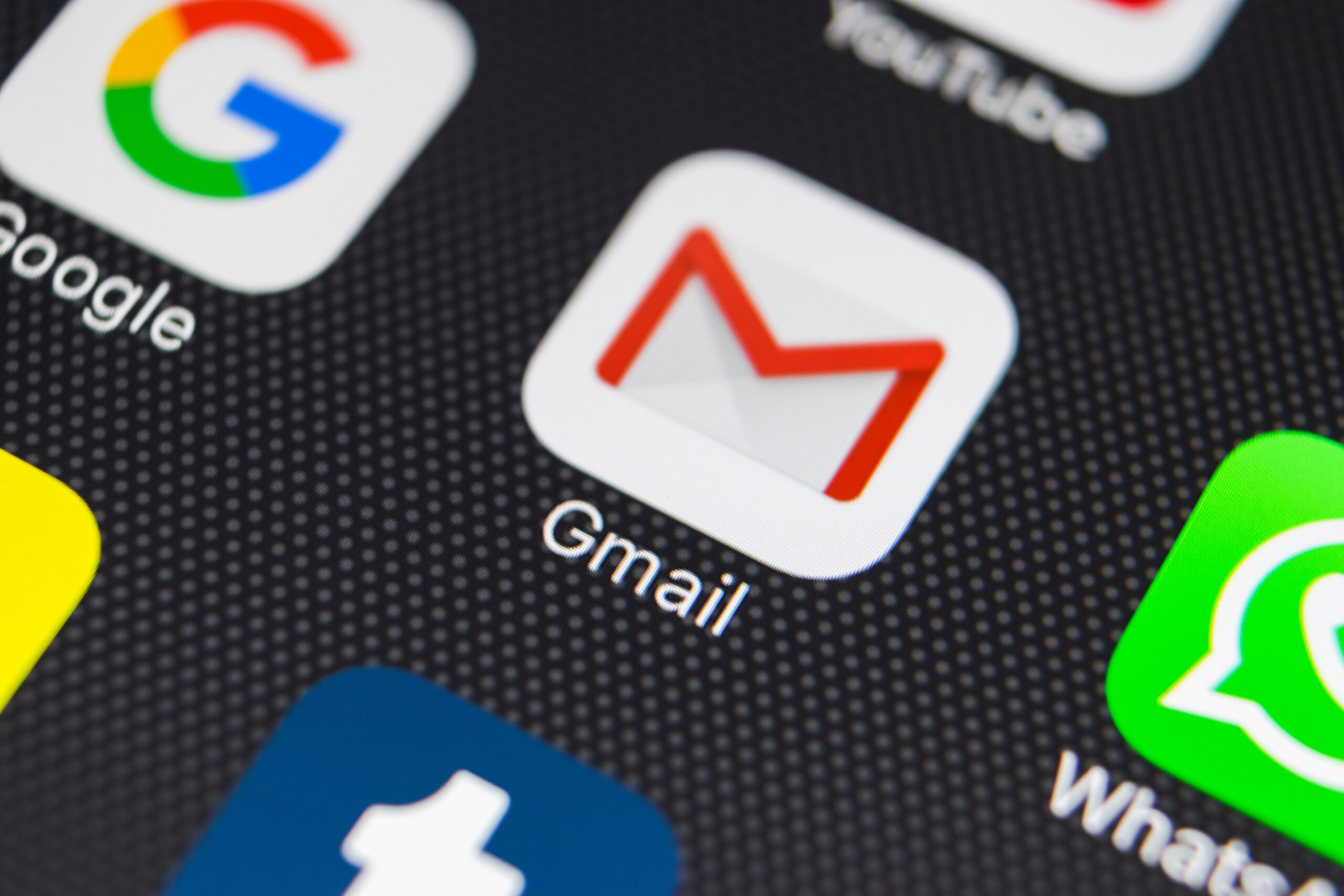Gmail Tricks You Can Use
 Gmail is a popular and powerful program. Like MS Outlook there are many not-entirely-obvious tools and shortcuts that can help you manage your email and speed up communications. Read on for a few helpful tips for managing your Gmail.
Gmail is a popular and powerful program. Like MS Outlook there are many not-entirely-obvious tools and shortcuts that can help you manage your email and speed up communications. Read on for a few helpful tips for managing your Gmail.
Templates
In Gmail you can create templates to save time when you are sending a new message or response that you use frequently. To create a template, open a new email and fill in the subject and body. Then at the bottom of the email in the toolbar click on the vertical ellipses. Select Templates. You can create a new template from the email you just composed, as well as overwrite and delete other templates. When you start a reply or a new email you can go to the Template menu and insert your template. Keep in mind that when you apply a template to a new email the Template name will be the subject line.
Make sure you have enabled Templates in the advanced settings by going to gear icon in the upper right, click “See All Settings” and click the “Advanced” tab and toggle on “Enable” under templates. You can also automate sending messages with templates by using Gmail filters. Here are the full set of instructions.
Snooze
If you get an email that you don’t have time to sufficiently deal with at the moment you receive it, try Snooze. For instance, you get an email from a client while you are in court. You can respond (maybe with a template) and say you will get back to them as soon as possible. Then set the email to “snooze” for a little later in the day, tomorrow, or a specific date and time.
The Snooze button appears at the top of the email in the browser, or from the “more” (vertical ellipses) in the app on your phone. When the “snooze” triggers, the email will appear in your inbox again, appended with “snoozed”. If you want to see Snoozed messages before they re-appear in your inbox there is a default folder called Snoozed under your Inbox.
Snooze is a proactive way to remind yourself to respond or act on an email. Google does have a feature called “nudge” that will remind you to respond, but it is based on an algorithm and is by no means consistent. However, you can go into the Settings – General and enable nudges for a little extra help.
Mouse Over Commands
In your Gmail settings in General make sure to toggle on “Enable hover actions” if you want to be able to archive, delete, mark as read, or snooze an email from a menu that appears when you hover over an email.
Multiple Email Signatures
In your Gmail settings under the “General” tab scroll down to “Signature”. You can create as many signatures as you need. You can automatically assign a default signature for new emails and one for reply/forward. You can also choose any signature in an email you are composing by clicking on the pen icon at the bottom of the composition screen. You can also manage your signatures from the Signatures menu.
Manage Your Email with + or .
In Gmail you use your current account and append a + or . to your email address. For instance, [email protected] or [email protected]. These emails will go into your Gmail account, but you can easily add labels and filters to manage them more easily.
You can then filter and search by the appended + text. For instance, you could sign up for pro bono activities with your [email protected]. Then you could create a filter to apply a Pro Bono label, star them, move them, and more.
Confidential Mode
If you want to add a layer of protection to an email, click on the lock icon at the bottom of the email compose screen in the browser, or the vertical ellipses menu and choose “Confidential mode” in the app for your smartphone.
According to Google, recipients will not be able to forward, copy, print, or download an email with Confidential Mode protection applied. It also protects attachments. You can set an expiration date and require an SMS passcode set by Google. If you choose to add the SMS passcode you will need to know the email recipient’s smartphone number when you send the email.
If you apply protections to an email, you can go back and edit the protections by going to the bottom of the email in your sent mail folder.
Google does warn that the security can be bypassed by taking a screenshot or photo of the email.
Be aware of the recipient’s experience when sending an email in Confidential Mode. The email will not open in their email application, like Google or Outlook. Instead, it will open in a browser screen. It cannot be saved or responded to.
Conclusion
There are so many enhancements and advancements in Gmail to take advantage of, including extensions and add-ons. To learn more read Gmail Enhancements and Tips and What’s New with Google’s Gmail and Docs? And, of course, you can anticipate generative AI influence coming soon.